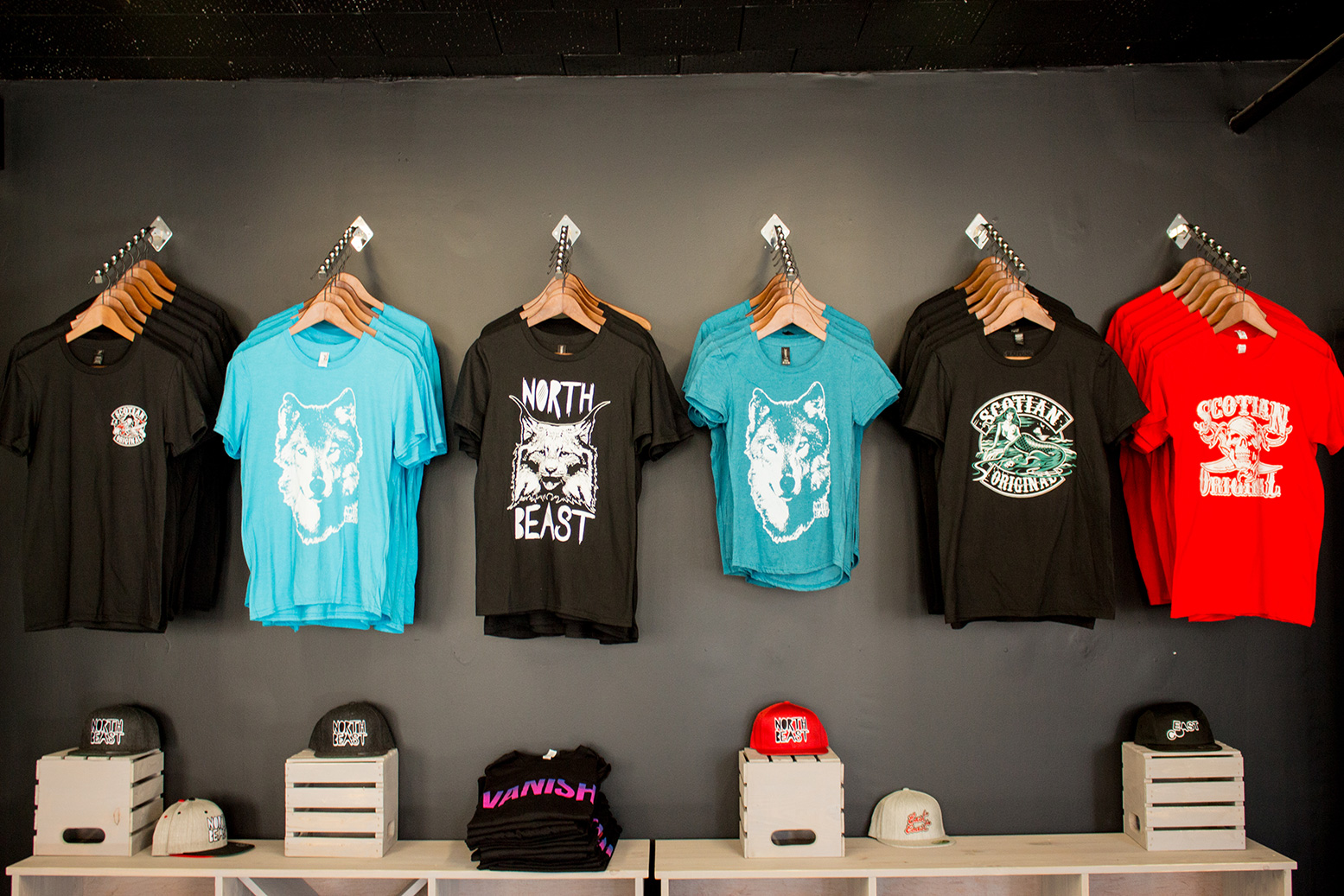Custom shirts are a fantastic way to express individuality, promote a brand, or commemorate an event. Printing custom shirts involves several methods, each with its own set of benefits and ideal use cases. This article will explore the most popular methods for printing custom shirts, including screen printing, direct-to-garment (DTG) printing, heat transfer, and sublimation printing. T Shirt printing company also provide detailed steps on how to execute each method, ensuring you have a clear understanding of how to create high-quality custom shirts.
Popular Methods for Printing Custom Shirts
- Screen Printing
- Direct-to-Garment (DTG) Printing
- Heat Transfer Printing
- Sublimation Printing
Screen Printing
Screen printing, also known as silk screening, is one of the most common methods for printing custom shirts. It includes making a stencil (screen) and utilizing it to apply layers of ink on the printing surface. This method is particularly effective for large orders and designs with few colours.
Materials Needed
- Mesh screens
- Emulsion and sensitizer
- Squeegee
- Screen printing ink
- T-shirt press (optional)
- Heat source (flash dryer or heat press)
Step-by-Step Guide
- Design Preparation
- Create your design using graphic design software. Simple and bold designs are ideal.
- Print the design onto a transparent acetate sheet.
- Preparing the Screen
- Coat the mesh screen with emulsion mixed with a sensitizer.
- Allow it to dry in a dark room to prevent premature exposure.
- Exposing the Screen
- Place the acetate sheet with your design onto the screen.
- Expose the screen to a strong light source. The areas blocked by the design will remain uncured.
- Rinse the screen with water to wash away the uncured emulsion, leaving your design on the screen.
- Setting Up the Screen
- Secure the screen onto a T-shirt press or a stable surface.
- Position the T-shirt under the screen.
- Printing
- Apply a generous amount of ink at the top of the screen.
- Use a squeegee to pull the ink across the screen, pressing it through the mesh onto the T-shirt.
- Repeat the process for each color in your design, allowing each layer to dry between applications.
- Curing the Ink
- Use a heat source like a flash dryer or heat press to cure the ink, ensuring it bonds with the fabric.
Direct-to-Garment (DTG) Printing
DTG printing involves using a specialized inkjet printer to print designs directly onto the fabric. This method is ideal for highly detailed, full-color designs and small order sizes.
Materials Needed
- DTG printer
- Pre-treatment solution (for dark fabrics)
- Heat press
Step-by-Step Guide
- Design Preparation
- Create or import your design into the DTG printer’s software. Ensure the design is in high resolution for the best results.
- Preparing the T-shirt
- For dark fabrics, apply a pre-treatment solution to help the ink adhere and produce vibrant colors.
- Use a heat press to dry the pre-treatment solution and flatten the fabric.
- Printing
- Load the Shirt onto the DTG printer’s platen.
- Print the design onto the T-shirt. The printer will apply the ink directly to the fabric.
- Curing the Ink
- Use a heat press to cure the ink, ensuring it becomes part of the fabric and can withstand washing.
Heat Transfer Printing
Heat transfer printing involves printing a design onto a special transfer paper and then using heat to transfer the design onto the T-shirt. This method is suitable for small runs and intricate, multi-colored designs.
Materials Needed
- Transfer paper
- Inkjet or laser printer
- Heat press
Step-by-Step Guide
- Design Preparation
- Create your design using graphic design software.
- Print the plan onto the exchange paper utilizing an inkjet or laser printer. Remember to mirror the image for text or directional designs.
- Preparing the T-shirt
- Preheat the heat press to the recommended temperature for the transfer paper.
- Position the T-shirt on the heat press and pre-press it to remove moisture and wrinkles.
- Transferring the Design
- Place the printed transfer paper face-down onto the T-shirt.
- Press it with the heat press for the recommended time and temperature.
- Peeling and Finishing
- Carefully peel off the transfer paper while it’s still hot (or cold, depending on the type of transfer paper).
- Let the T-shirt cool down.
Sublimation Printing
Sublimation printing utilizes intensity to move color onto materials like polyester. It’s ideal for all-over designs and works best on light-colored, synthetic fabrics.
Materials Needed
- Sublimation printer
- Sublimation ink
- Sublimation paper
- Heat press
- Polyester T-shirts
Step-by-Step Guide
- Design Preparation
- Create your design in high resolution.
- Print the plan onto sublimation paper utilizing sublimation ink.
- Preparing the T-shirt
- Preheat the heat press to the required temperature.
- Place the polyester T-shirt on the heat press and pre-press it to eliminate moisture and wrinkles.
- Transferring the Design
- Place the sublimation paper face-down on the T-shirt.
- Press it with the heat press for the recommended time and temperature. The heat causes the ink to turn into gas and bond with the fabric.
- Peeling and Finishing
- Remove the T-shirt from the heat press and carefully peel off the sublimation paper.
- Let the T-shirt cool down before handling it.
Conclusion
Custom T-shirt printing offers a range of methods, each suited to different needs and designs. Screen printing is ideal for large orders with simple designs, offering durability and cost-effectiveness. DTG printing excels in producing high-detail, full-color prints, making it perfect for small orders and intricate designs. Heat transfer printing is versatile and good for small runs, while sublimation printing offers vibrant, all-over prints on synthetic fabrics. Understanding these methods and their applications can help you choose the best approach for your custom T-shirt projects, ensuring high-quality results that meet your specific needs.





